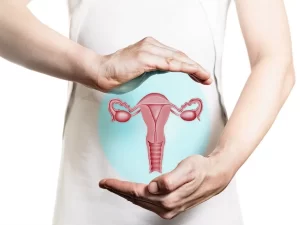
 The implanted, programmable medical robot could be the best bet for doctors to treat defects like esophageal atresia and short bowel syndrome among humans in near future.
The implanted, programmable medical robot could be the best bet for doctors to treat defects like esophageal atresia and short bowel syndrome among humans in near future.
The future treatment for stunted organ growth is here and it is not in the form of a pill or surgery but a programmable medical robot that could be implanted inside the body to stimulate tissue growth in stunted organs without interfering with organ function or causing apparent discomfort, according to a new research.
The robotic system, developed by the reaserchers at Boston Children’s Hospital, induced cell proliferation and lengthened part of the esophagus in a large animal by about 75 per cent, while the animal remained awake and mobile.
“This project demonstrates proof-of-concept that miniature robots can induce organ growth inside a living being for repair or replacement, while avoiding the sedation and paralysis currently required for the most difficult cases of esophageal atresia,” said Russell Jennings of the Boston Children’s Hospital, a co-investigator on the study.
“The potential uses of such robots are yet to be fully explored, but they will certainly be applied to many organs in the near future,” he added.
The motorised robotic device, which was tested in the esophagi of pigs, applies mechanical pull to stimulate stunted hollow organs to grow.
The device is attached only to the esophagus, so would allow a patient to move freely. Covered by a smooth, biocompatible, waterproof “skin,” it includes two attachment rings, placed around the esophagus and sewn into place with sutures. A programmable control unit outside the body applies adjustable traction forces to the rings, slowly and steadily pulling the tissue in the desired direction.
The researchers have now started testing the medical robot in a large animal model of short bowel syndrome.
“Short bowel syndrome is a devastating illness requiring patients to be fed intravenously,” said gastroenterologist Peter Ngo, a coauthor on the study.
“This, in turn, can lead to liver failure, sometimes requiring a liver or multivisceral (liver-intestine) transplant, outcomes that are both devastating and costly,” he added.
The study was published recently in the journal Science Robotics.








